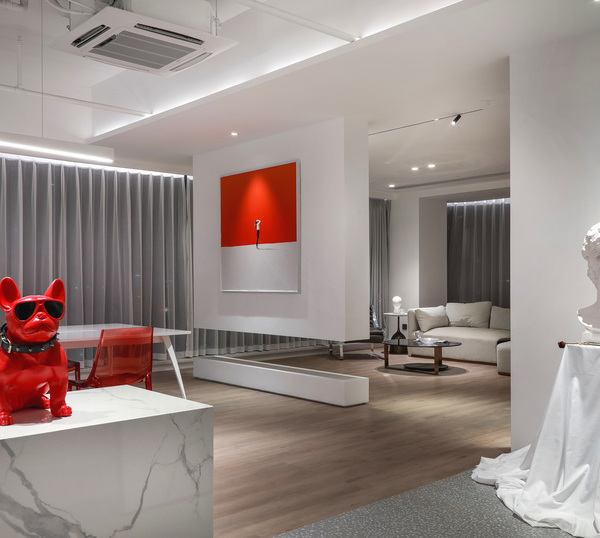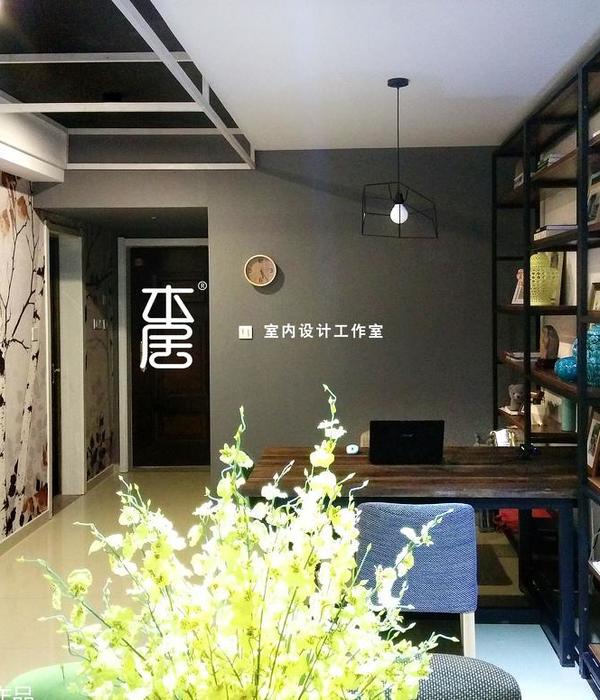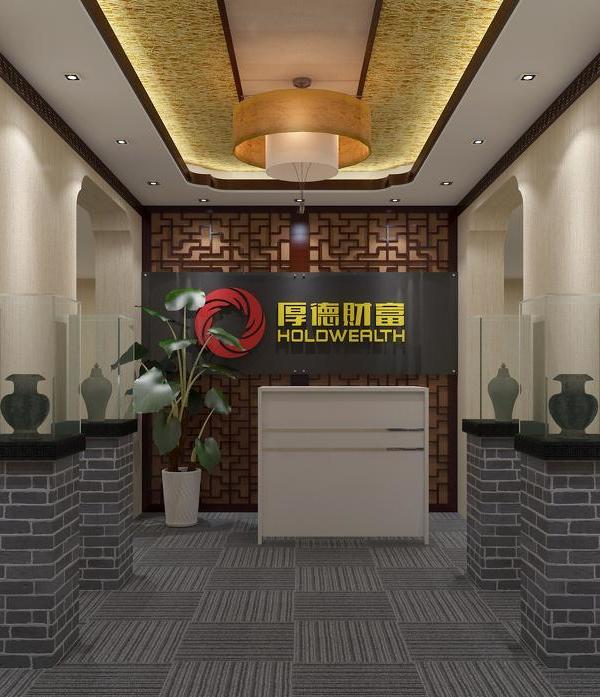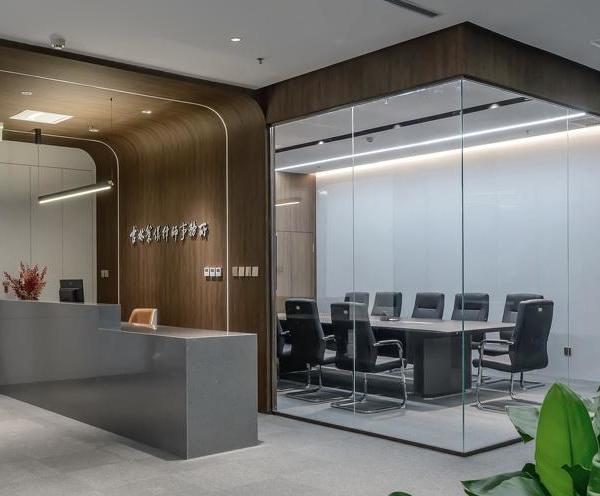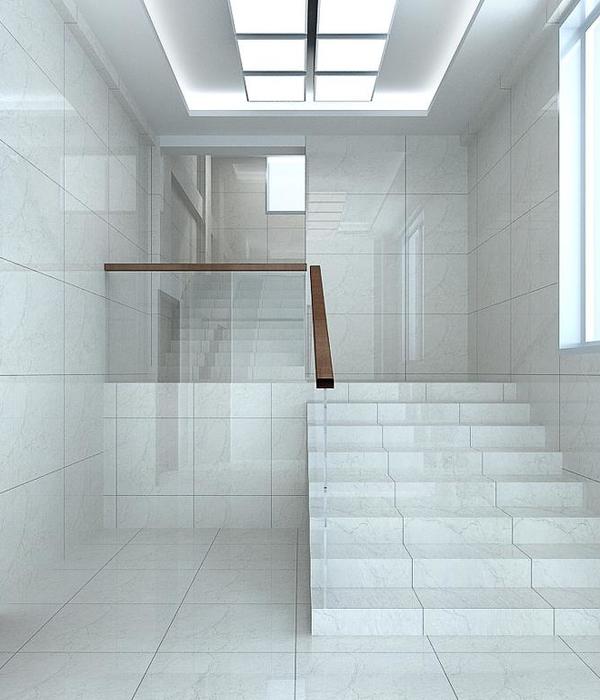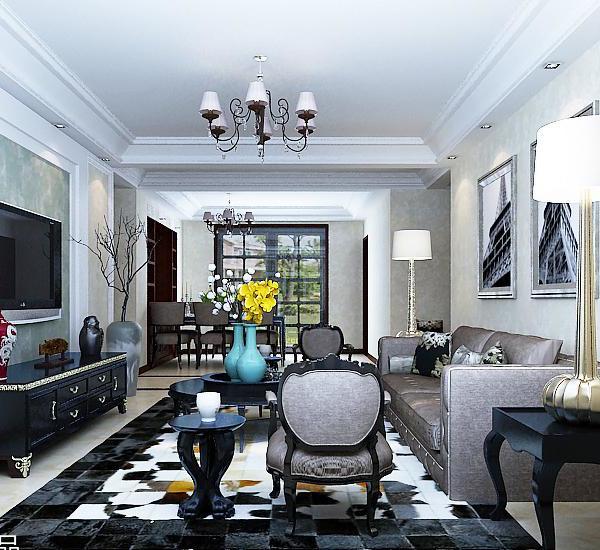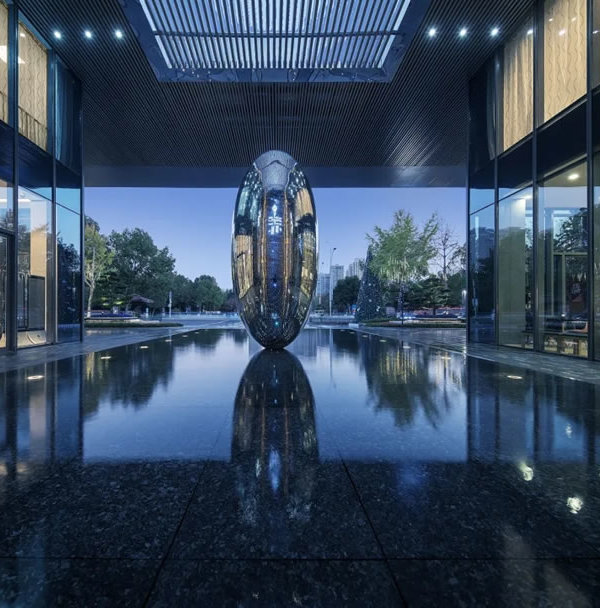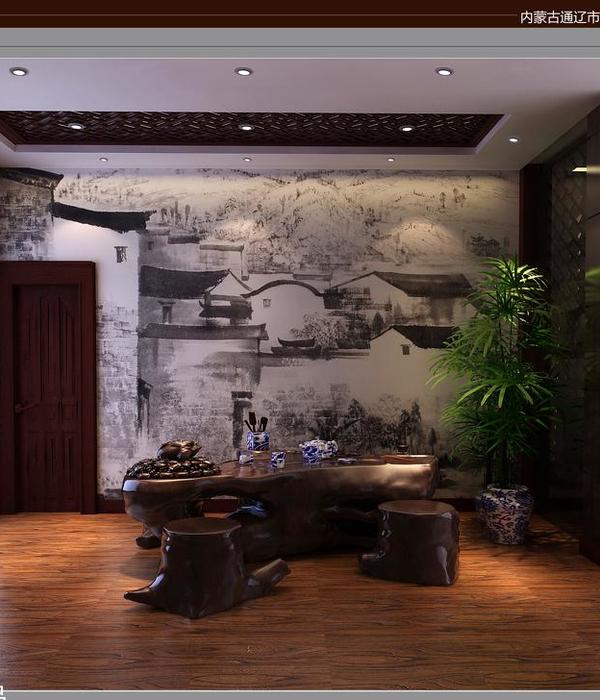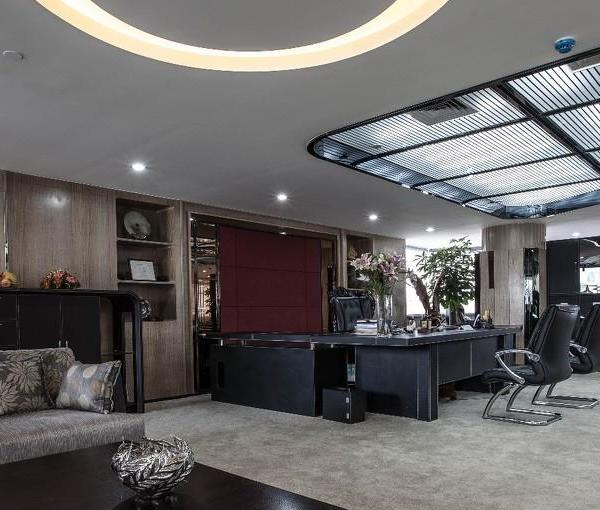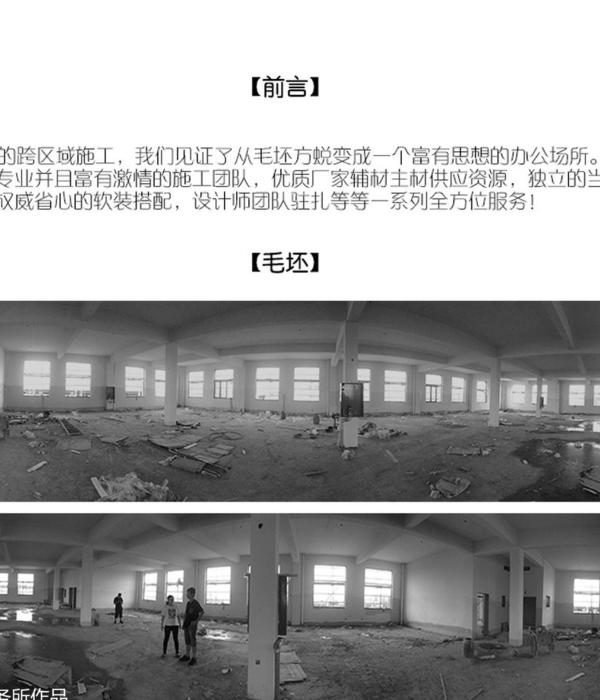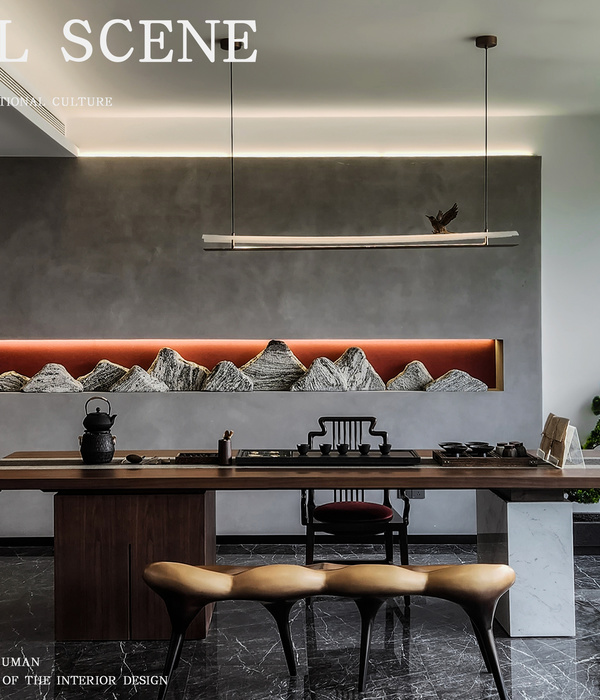- 位置:俄罗斯布拉戈维申斯克
- 国家:俄罗斯
- 年份:2019
- 客户:Z Development
- 地块面积:4.9 公顷
- 建筑面积:26,316 平方米
- 用途:交通运输,商业,文化
- 项目状态:竞赛第一名
- 顾问:Strelka KB(竞赛管理,经济和功能模型规划)
- 效果图:PYXID
▼联系中国黑河市和俄罗斯布拉戈维申斯克市的全新的缆车路线,the new cable car line will connect the cities of Heihe in China and Blagoveshchensk in Russia ©PYXID
Ben van Berkel指出︰“当它穿过阿穆尔河的自然边界时,布拉戈维申斯克–黑河缆车将成为第一个连接两个国家和文化的缆车系统。这一背景为布拉戈维申斯克缆车站提供了丰富的设计灵感,该缆车站不仅呼应其周边城市环境,同时成为文化身份的象征,也是文化交融的舞台。”布拉戈维申斯克缆车站被设计成为两座城市间历史上联系久远的象征:中国的黑河,以及俄罗斯的布拉戈维申斯克。自 19 世纪中叶以来,阿穆尔河划定了俄罗斯与中国的自然边界。然而,当河流冰层渐厚时,就维系起了两个城市之间的贸易、商业和社会联系以及日益增长的关系。这条冰封的河流是UNStudio获胜设计的重要参考点。该建筑物将此历史久远的联系作为功能组织、实现其具体化、空间质量和饱览两座城市景观的规划的灵感来源。就像这条河中的冰层一样,这座建筑将成为两种文化之间建立社会联系的强大助力:是两国之间共享繁荣未来的标志。
Ben van Berkel: “As it crosses the natural border of the Amur River, the Blagoveshchensk – Heihe cable car will be the first ever cable car system to join two countries and cultures. This context provided rich inspiration for the Blagoveshchensk terminal station, which not only responds to its immediate urban location, but also becomes an expression of cultural identity and a podium for the intermingling of cultures.” The Blagoveshchensk Cable Car Terminal is designed as an expression of the historic connection between two cities of Blagoveshchensk and Heihe. Since the mid-19th century, the Amur River has defined the natural boundary between Russia and China. However, when frozen over with thick ice, the river literally supports trade, commerce, social connection and a growing relationship between the two cities. This frozen river became an important reference point for UNStudio’s winning Cable Car Terminal design. The building takes this historical connection as an inspiration for the organisation of programmes, materialisation, spatial quality and curated views of both cities. Much like the ice on the river, the building becomes an engine for creating social connections between two cultures and a beacon for a joint prosperous future between the two nations.
▼布拉戈维申斯克缆车站被设计成为两座城市间历史上联系久远的象征:中国的黑河,以及俄罗斯的布拉戈维申斯克,the Blagoveshchensk Cable Car Terminal is designed as an expression of the historic connection between two cities of Blagoveshchensk and Heihe ©PYXID
该缆车站的位置构建出布拉戈维申斯克和黑河之间的视觉联系。首先在阿穆尔河上建造一个朝向黑河的高架观景台;然后构筑从缆车到达站台回顾布拉戈维申斯克市的景观。缆车站偏移现有的河滨大道,为来自黑河的游客打造出友好的空间,并在黄金地带 – 沿河长长的金色沙滩 – 新建的自然起点和缆车站的绿色高原之间建立起了联系。
The location of the terminal curates the visual relationship between Blagoveshchensk and Heihe. First by creating an elevated viewing platform over the Amur towards Heihe, and second by framing the view from the arrival platform of the cable car back towards the city of Blagoveshchensk. By offsetting the terminal from the existing boulevard along the river, a welcoming space is created for visitors from Heihe and connections are established between the new natural starting point of the golden mile – a long stretch of golden sand along the river – and the green plateaus of the terminal.
▼该缆车站的位置构建出布拉戈维申斯克和黑河之间的视觉联系,the location of the terminal curates the visual relationship between Blagoveshchensk and Heihe ©PYXID
为了建造可以直接降落到黄金地带的缆车系统,提高站台高度是必须的。布拉戈维申斯克缆车站的阶梯建造出城市看台:一个新的共享城市空间,将缆车站连接到滨河大道另一侧现有的布拉戈维申斯克文化中心。这个新的广场形成布拉戈维申斯克的文化焦点,将城市与河流连接起来,并通过崭新的活动和表演空间提升整个城市。与此同时,穿越其中的行人通道也将文化广场与黄金地带连接了起来。
In order to create a cable car system that could land directly into the Golden Mile, it was necessary to raise the platform height. The resulting stepping of the Blagoveshchensk Terminal presents the perfect opportunity to create an Urban Tribune: a new shared urban space that connects the terminal to the existing Blagoveshchensk Cultural Centre on the other side of the esplanade. This newly proposed square forms a cultural focal point for Blagoveschensk, connecting the city to the river and upgrading the city with a new space for events and performances. Simultaneously, a pedestrian connection that passes through connects the cultural square with the Golden Mile alongside the river.
▼布拉戈维申斯克缆车站的阶梯建造出城市看台:一个新的共享城市空间,the resulting stepping of the Blagoveshchensk Terminal presents the perfect opportunity to create an Urban Tribune: a new shared urban space
该建筑有着开放和友好的形态,使游客能够在具有明确方向指标的引导下前往出发站台,并享受不同的商业空间。
The terminal building is shaped as an open and welcoming gesture, allowing visitors to enjoy commercial spaces in one connected movement, with a clear navigational direction towards the departure platforms.
▼建筑拥有开放和友好的形态,the terminal building is shaped as an open and welcoming gesture
抵达后,一条近乎自然的路线展开,指引来自黑河的游客穿越商业、美食和文化空间。该建筑物的内部循环也反映在建筑物的外部,向布拉戈维申斯克市的公共领域展现其开放的文化及商业功能。
Upon arrival, a similar natural route unfolds, guiding visitors from Heihe along commercial, gastronomic and culture spaces. The building’s internal circulation is reflected on its exterior, thus opening its cultural and commercial programmes towards the public realm of the city of Blagoveshchensk.
▼抵达后,一条近乎自然的路线展开,指引来自黑河的游客穿越商业、美食和文化空间, upon arrival, a similar natural route unfolds, guiding visitors from Heihe along commercial, gastronomic and culture spaces
该建筑物的形状也允许将公园置于缆车站的屋顶。除建造空间来迎接抵达旅客或向那些离开的旅客挥手告别之外,阳台和绿色高原充当了高架城市公园,为城市艺术和雕塑建造了一个绿色空间,并饱览黄金地带的优美河景。 该建筑物的绿植与缆车站和河流之间的公园以及邻近的停车场自然地融合,停车区域的绿荫基本上将停放的车辆从城市景观和河滨大道隐去。
The shape of the building also enables the raising of the park towards the roof of the terminal. Beyond creating a space to greet arriving passengers, or to wave goodbye to those leaving, the terraces and green plateaus act as an elevated urban park, creating a green space for urban arts and sculptures, and viewing points over the whole Golden Mile river-scape. The green on the building naturally blends with the park that is proposed for the area between the terminal and river, as well as with the adjacent parking area, which has a green axis that largely hides the parked cars from city views and the boulevard.
▼建筑物的形状允许将公园置于缆车站的屋顶,the shape of the building also enables the raising of the park towards the roof of the terminal
{{item.text_origin}}

